The Origin of Chinese Characters
The Origin of
Chinese Characters
An Illustrated History and Word Guide
Kihoon Lee
Algora Publishing
New York
2018 by Algora Publishing.
All Rights Reserved
www.algora.com
No portion of this book (beyond what is permitted by
Sections 107 or 108 of the United States Copyright Act of 1976)
may be reproduced by any process, stored in a retrieval system,
or transmitted in any form, or by any means, without the
express written permission of the publisher.
Library of Congress Cataloging-in-Publication Data
Names: Lee, Kihoon, 1972- author.
Title: The origin of chinese characters: an illustrated history and word
guide / Kihoon Le.
Description: New York: Algora Publishing, 2018.
Identifiers: LCCN 2018009601 (print) | LCCN 2018015460 (ebook) | ISBN
9781628943238 (pdf) | ISBN 9781628943214 (soft cover: alk. paper) | ISBN
9781628943221 (hard cover: alk. paper)
Subjects: LCSH: Chinese charactersHistory. | Chinese languageEtymology.
Classification: LCC PL1171 (ebook) | LCC PL1171 .L335 2018 (print) | DDC
495.11/1dc23
LC record available at https://lccn.loc.gov/2018009601
Printed in the United States
Introduction
In ancient times in China, people believed that they could tell fortunes by grilling a tortoise shell, a turtle shell or an oxs shoulder blade over the fire. When the heat expanded the cracks in this oracle bone, the pattern would be interpreted, and the results of such pyromantic divinations were etched on the surface with a sharp iron instrument.
Such writings or characters are called Jia-Gu Characters; the name of Jia-Gu was formed by taking each character from Tortoise Shell (Jia) and Cow Bone (Gu). Excavations near Anyang (Henan Province) have turned up huge troves of such carvings, tens of thousands of them, since the 1920s. These sacred characters were made by Shang Dynasty people (16001046 BC) who used to live near the HuangHe (Yellow River) area.
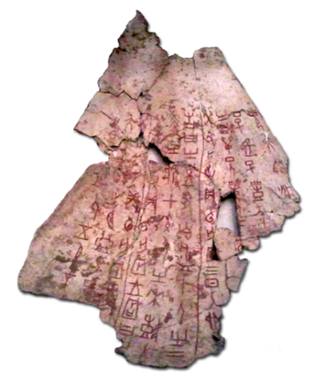
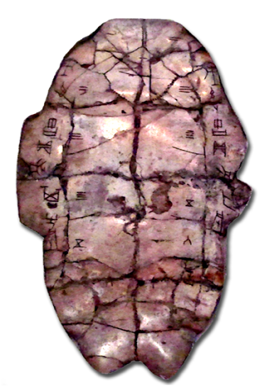
Tortoise Plastron with Divination Inscription (Jia) and Scapula Bone with Inscription (Gu) (16 th -11 th century BC)
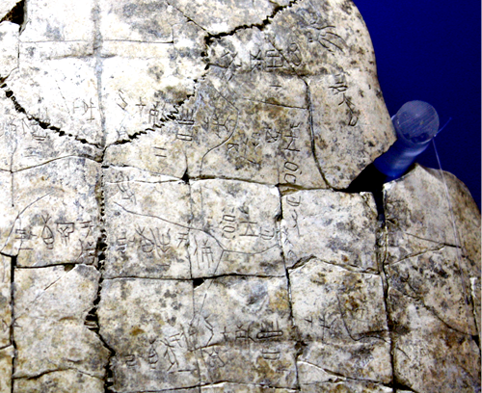 Kings or shamans believed they could consult the gods, through fortune telling, about all affairs of the state, and so they sought guidance regarding political and military events, economics and ceremonial needs. These writings tell the results of the fortune or prophecies told by gods.
Kings or shamans believed they could consult the gods, through fortune telling, about all affairs of the state, and so they sought guidance regarding political and military events, economics and ceremonial needs. These writings tell the results of the fortune or prophecies told by gods.
The most important of the gods was Shang Di (), the god of Heaven.
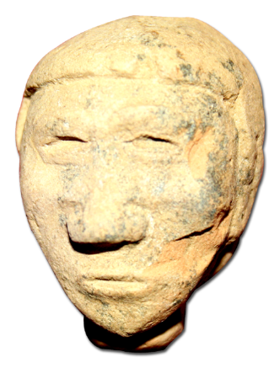 Sculpture of a Shang Dynasty Man (13 th century-11 th century BC)
Sculpture of a Shang Dynasty Man (13 th century-11 th century BC)
After the fall of the dynasty, the people scattered. Chinas prestigious ancient history books record that at least one faction migrated to Joseon (ancient Korea, 2333108 BC).
In fact, the Shang Dynasty that invented these Chinese characters had many customs in common with ancient Korea, and even today many of the customs of the Shang Dynasty remain in use. Koreans place great value on the color white, they pay respect on their knees or bow at the waist when they express their respect to others. Thus when analyzing ancient Chinese characters, we can find many similarities between ancient China and current Korea.
The new residents who defeated the Shang Dynasty also contributed to building the characters. The shapes of the Chinese characters changed gradually and became more sophisticated. After several typographical changes, about 1800 years ago, the Han Dynasty people elaborated the Chinese characters and they came to look like the ones used now; the characters were called Hanzi (The Characters of Han). The Hanzi (set of Chinese Characters) is beautiful from both the typographic and artistic viewpoints.
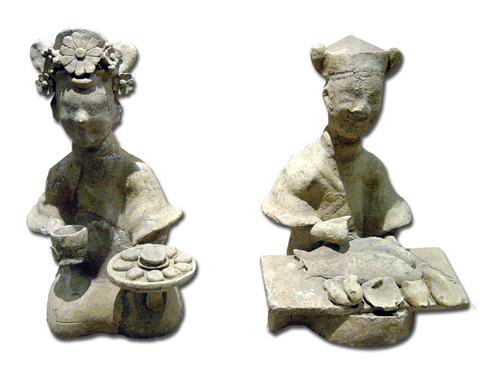
The people of Han Dynasty (AD 25-220)
Since then, the Hanzi characters remained mostly the same and were used in East Asia for over 2000 years. However, due to historical and cultural changes, few people remember the original history and meanings of the characters. Scholars have had to approach this like a code, and it has been a great challenge to break the etymology and history behind some Hanzi characters.
In this book, I reflect and agree with the etymology theories of Hanzi written by current scholars, but I also attempt to propose my own analysis and interpretations as well.
The Chinese characters in this book are mostly essential characters that are widely used in contemporary China. Readers of this book may learn many key Chinese characters with the explanation of their origins and may gain a deeper understanding of not only the Chinese, but also of the Japanese and the Korean cultures, who received so much influence from China in ancient times.
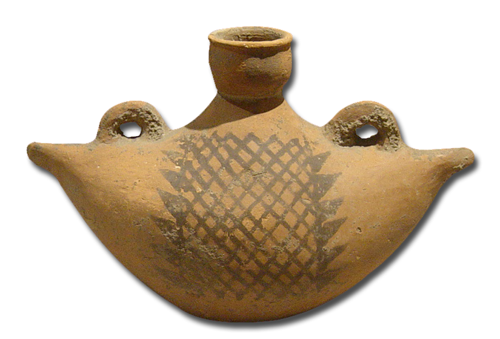 Bird-shaped pottery pot. The ancient Chinese worshiped birds, because they could fly close to Heaven, the most worshiped God. (Neolithic Age)
Bird-shaped pottery pot. The ancient Chinese worshiped birds, because they could fly close to Heaven, the most worshiped God. (Neolithic Age)
In mainland China, some of the more complicated characters were simplified in the mid-20th century. Therefore each character in this book will be explained in the order below:
(1) Traditional Chinese Character
(2) Simplified Chinese Character
(3) Pronunciation (Pinyin = Wade-Giles)
(4) Meaning
For example,
(1)
(2)
(3) xiang=hsiang
(4) countryside
Part 1
(Tian=Tien) Heaven
1. The God Of Heaven
East Asian philosophy starts with One
Before the invention of Hanzi (Chinese characters), the Chinese used knots (rope) or simple symbols. As the society became more complex, the need for more efficient ways for communication were needed. Hanzi (Chinese characters) were developed to meet such needs.
What did the early writers think to express number one? As children use their fingers to count, the ancient people used twigs and sticks to express numbers and to count.
A twig  (, yi, one), two twigs
(, yi, one), two twigs  (, er, two), three twings
(, er, two), three twings  (, san, three) four twigs
(, san, three) four twigs  (, si=ssu, four) became the letters from 1 to 4.
(, si=ssu, four) became the letters from 1 to 4.
 Branches used for telling fortunes or for calculation (14 th -19 th century)
Branches used for telling fortunes or for calculation (14 th -19 th century)

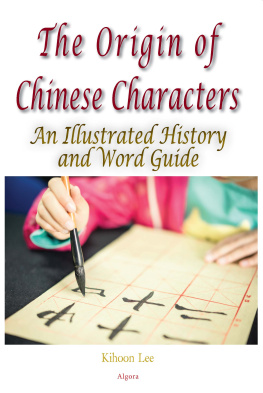
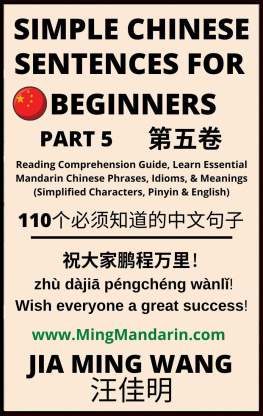
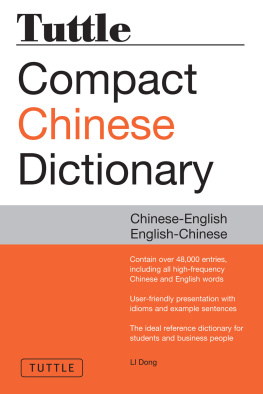


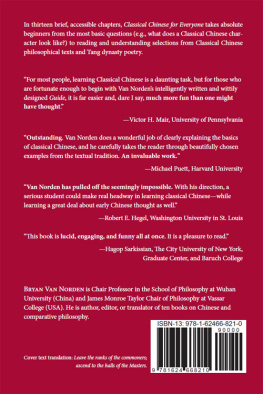
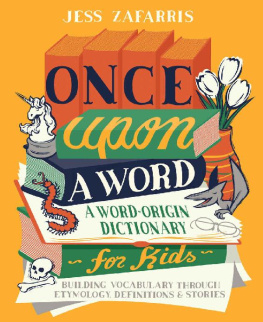
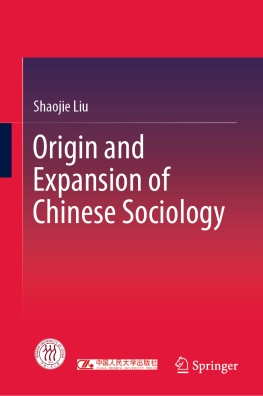

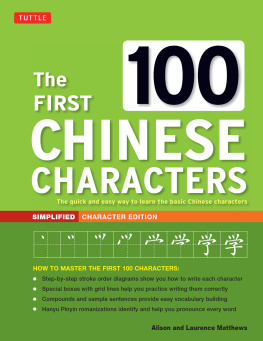
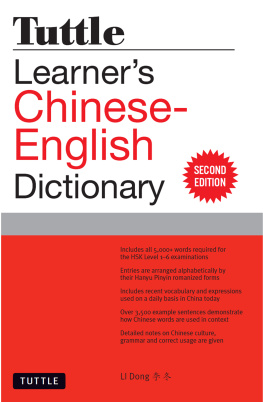
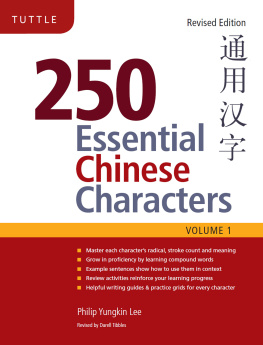
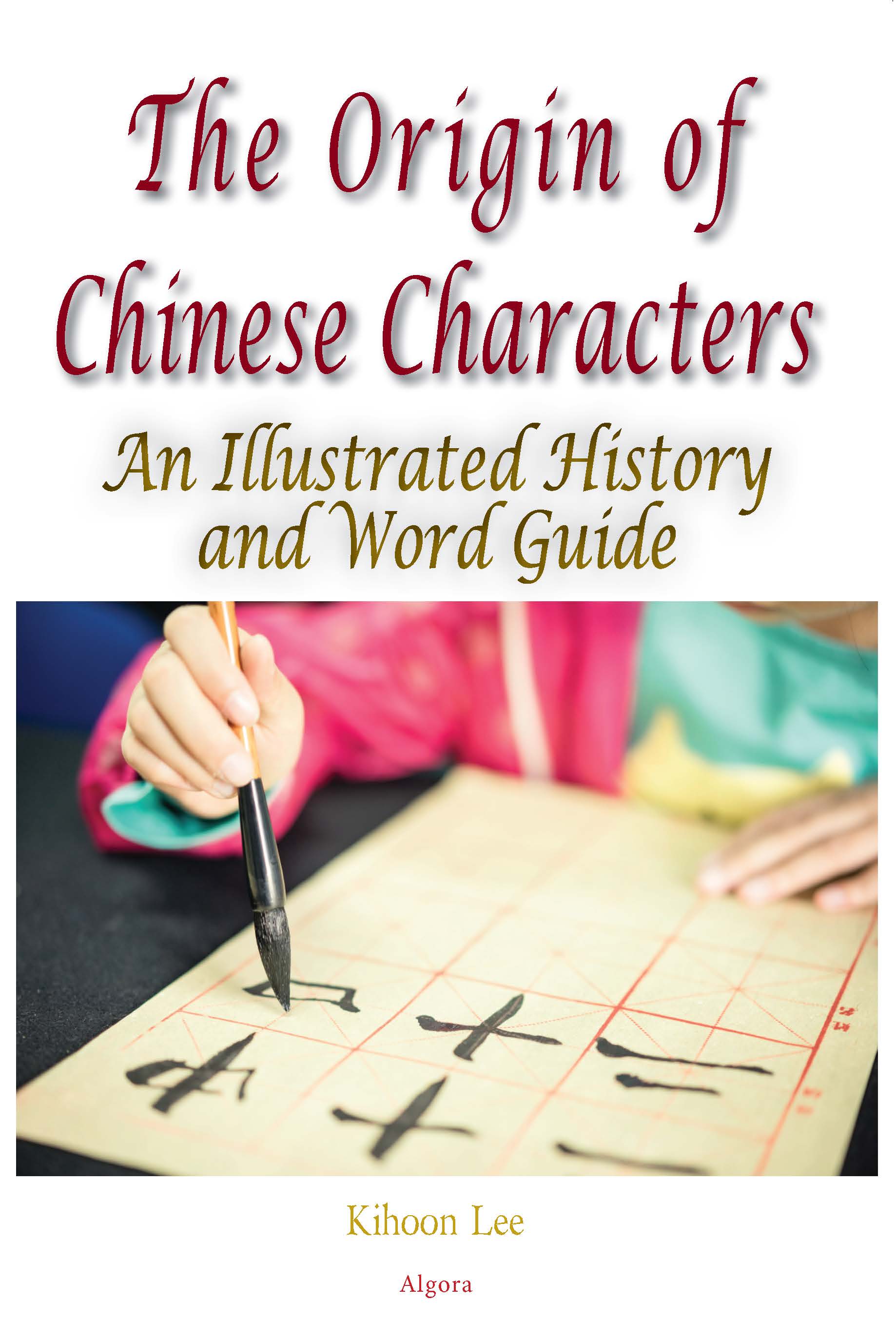


 Kings or shamans believed they could consult the gods, through fortune telling, about all affairs of the state, and so they sought guidance regarding political and military events, economics and ceremonial needs. These writings tell the results of the fortune or prophecies told by gods.
Kings or shamans believed they could consult the gods, through fortune telling, about all affairs of the state, and so they sought guidance regarding political and military events, economics and ceremonial needs. These writings tell the results of the fortune or prophecies told by gods. Sculpture of a Shang Dynasty Man (13 th century-11 th century BC)
Sculpture of a Shang Dynasty Man (13 th century-11 th century BC)
 Bird-shaped pottery pot. The ancient Chinese worshiped birds, because they could fly close to Heaven, the most worshiped God. (Neolithic Age)
Bird-shaped pottery pot. The ancient Chinese worshiped birds, because they could fly close to Heaven, the most worshiped God. (Neolithic Age) (, yi, one), two twigs
(, yi, one), two twigs  (, er, two), three twings
(, er, two), three twings  (, san, three) four twigs
(, san, three) four twigs  (, si=ssu, four) became the letters from 1 to 4.
(, si=ssu, four) became the letters from 1 to 4. Branches used for telling fortunes or for calculation (14 th -19 th century)
Branches used for telling fortunes or for calculation (14 th -19 th century)